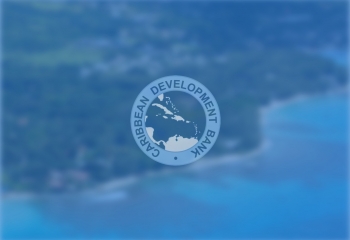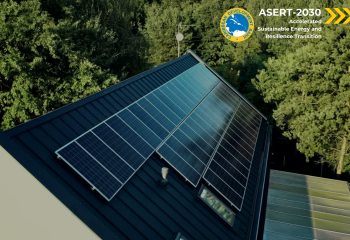CDB finances USD6.4 mn street lighting project in St. Kitts and Nevis
The Board of Directors of the Caribbean Development Bank (CDB) has approved a USD5.79 million Street Lighting Retrofitting Project for St. Kitts and Nevis. The intervention is expected to decrease greenhouse gas emissions from street lighting by 53 percent per year, and reduce the Government of St. Kitts and Nevis' street and flood lighting electricity bill by 44 percent, by 2019.
The intervention will replace and retrofit approximately 10,650 high pressure sodium and mercury vapour street lamps with high efficiency light-emitting diode (LED) lamps across the dual-island nation. The Project aims to install 5,550 LED lamps in St. Kitts and 5,100 in Nevis by December 31, 2018.
In addition to financing from CDB, the initiative will be supported by a contribution of USD617,000 from the Government of St. Kitts and Nevis, the St. Kitts Electricity Company Limited and Nevis Electricity Company Limited.
In addition to reducing energy consumption and the emission of greenhouse gases, the project aims to reduce the country' oil imports by 305,000 imperial gallons.
CDB' Director of Projects, Daniel Best notes, “CDB is committed to supporting investments in energy efficiency and renewable energy among our Borrowing Member Countries. We are pleased to partner with the Government of St. Kitts and Nevis on this Project, which forms part of a wider plan by the Government of St. Kitts and Nevis to produce 100 percent of St. Kitts and Nevis' electricity from renewable energy sources, including geothermal, solar and wind, as outlined in its renewable energy agenda."
The per capita electricity consumption of St. Kitts and Nevis, is approximately 20 percent higher than the Latin American and Caribbean average. In 2013, an estimated 87 percent of the total energy supply was imported. In 2011, the national fuel bill in St. Kitts and Nevis represented as much as 10 percent of Gross Domestic Product (GDP), whereas electricity-related fuel imports were equivalent to about eight percent of GDP.
The Project aligns to the Bank' Strategic Plan 2015-2019 and Energy Sector Policy and Strategy, in which it highlights energy efficiency and renewable energy as priority investment areas for CDB.


